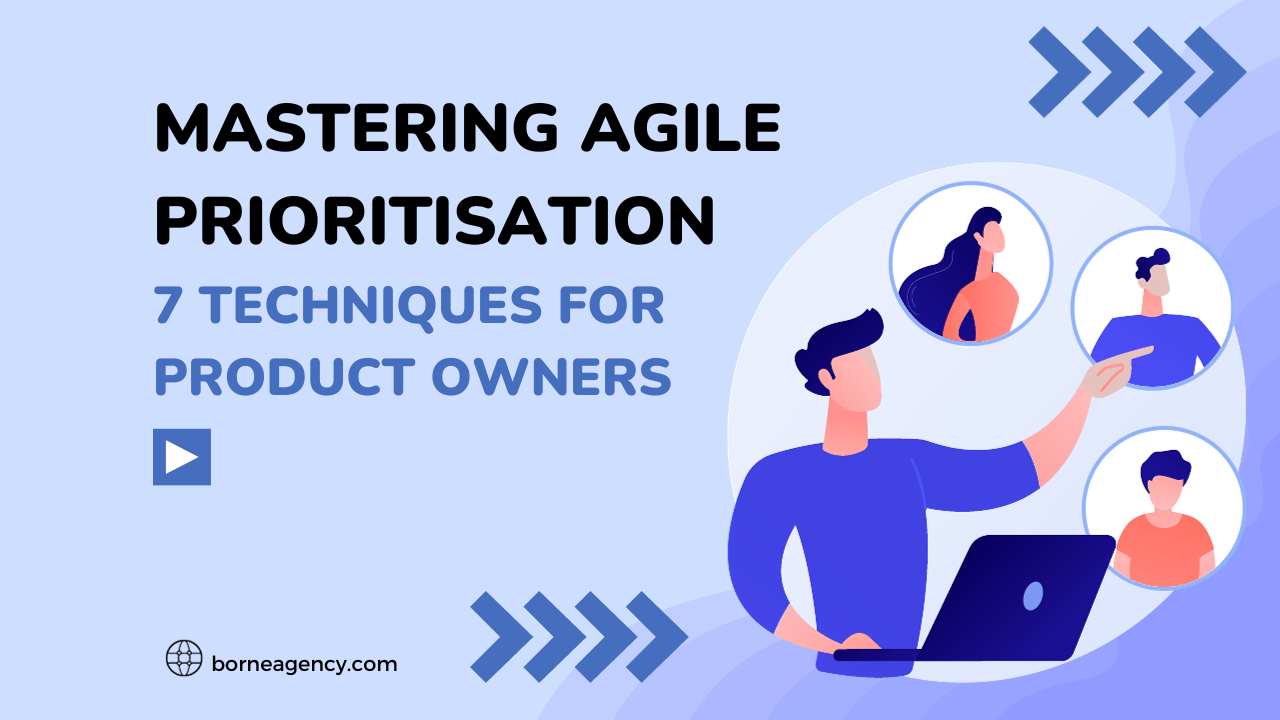Jan 19 - 5min readPart 1: App Store OptimisationBy Launchbase
One of the biggest challenges now faced by mobile app developers and their clients is getting potential users to actually download the app. If the app is a good quality, you should have no problem retaining your initial users, but there really is no point spending large amounts of money on branding, app design or development if you are unable to reach your target users.
Over the next few weeks, we’re going to be putting together a series of posts on how to make your app visible to users and actually get them downloading your product. From today’s app store optimisation (ASO), social media strategies and how to secure yourself a guest blog post, we’ll be with you every step of the way to make sure your app gets the recognition it deserves.
For tips when it comes to launching your app, check out one of our previous posts – why you should treat your app launch like a first date. It sounds bizarre but, trust us, this analogy works.
Why is App Store Optimisation So Important?
App store optimisation is the process of optimising mobile apps so that they rank higher on the app store’s search results. ASO will make your app visible to more people, therefore receiving more downloads. Optimising their app is something our clients so often neglect or ignore when they begin the process of mobile app development, occasionally leaving their apps to gather cobwebs, rendering all their (and our!) hard work on the development side completely useless.
According to research by Forrester, 63% of apps are found through searches on the app stores. Clearly, it is the best way to discover new apps, and it is how the majority of users find apps to download. Social media campaigns, blogging and content marketing obviously have their place when it comes to reaching new users, but ASO simply cannot be neglected. Spend time working on your ASO or, if you are short of time there are plenty of app development companies who will offer this service. It really is your secret weapon, investing energy into it will pay off big time when it comes to outranking the competition and securing those downloads.
Where Do I Start?
The good news? App store optimisation is marginally less complex than search engine optimisation (SEO), The bad news? Realistically you will have to put time and resources into both to really make your app stand out, but that’s a topic for another post. For now, let’s discuss the crucial components of ASO.
App Store Or Play Store?
What works for the App Store will not have the same impact on the Play Store, and this is something that is consistently ignored when it comes to optimising your app. Some of the key differences between them are; app title character limit, description character limit and the influence of keywords in the app’s description. It is important to adapt your ASO based on whether your app is launching on Android or iOS, as they each have very different requirements.
Keywords
Just like search engine optimisation, keywords are the basis of all app store searches. Find a decent keyword research tool such as App Annie which will help you discover high traffic keywords as well as various app rankings. During your branding stages either you or your app development company should have compiled a list of your competitors. These research tools can be used to work out which keywords your competitors are using, and help you choose the best keywords to optimise, in order to get your apps ranking higher than your competitors.
Keywords need to be continuously monitored and changed. It is not enough to write one description and think you are done. Update them, change them and test out different words and phrases (or, if you can’t be bothered – we’ll do it for you!).
You’ve got together your list of keywords, but how do you use them? This is where you need to consider your app and play store research, as they both have different requirements and therefore different ways to optimise. For both stores, we recommend incorporating appropriate keywords where you can, but beware of keyword stuffing. A mixture of long and short tail keywords will ensure you’re not cramming your description with the same keyword over and over. Not only does this look cheap and spammy to potential users; it may incur penalties or result in your app being suspended.
Title
Your title needs to be short, snappy and informative. It needs to be creative, unique and in line with your brand values. Something that intrigues, informs and excites. Oh, and you also need a keyword in there. Easy right?
Research has shown that apps with a keyword in their title have an average of 10.3% ranking increase so make sure it’s a good’un. Go for one with the highest search traffic.
It is generally self-sabotaging to change your title– imagine if Instagram suddenly renamed themselves – so the title is extremely important. If you’re going to spend a large amount of time on anything, it should be your title. Don’t get lost in the crowded app store, make sure you stand out.
Description
Both the App Store and Play Store have different requirements when it comes to the description of your app. If your app is launched on the App Store, your description does not impact search rankings, therefore you can optimise it for potential users only.
However, on the Google Play Store, the app’s description is taken into account when ranking your app. For this reason, it should be written with both users and the search engine in mind! Of course, it goes without saying that you should incorporate keywords into your description but try to make them flow naturally. Don’t get caught in the trap of neglecting your users in your description. No one and I repeat, no one is going to download your app if they can’t work out what it does because you’ve used all your allocated characters keyword stuffing.
Remember
ASO is a long process, it will take time and it needs to be monitored constantly. However, many app developers do little to no work on ASO and neglect to inform their clients that their apps may not be immediately visible to users on launch day. Because of this, even spending a few days focusing on your app store optimisation means you will be well ahead of the pack.
This, alongside the different marketing tricks and tips we will focus in later blog post, will ensure your app is visible in the app and play stores, attracts your target user base and actually gets downloaded.
Check out our blogs next week for the next part of our app launch series. If you would like to talk about the marketing services we offer then please contact us!



